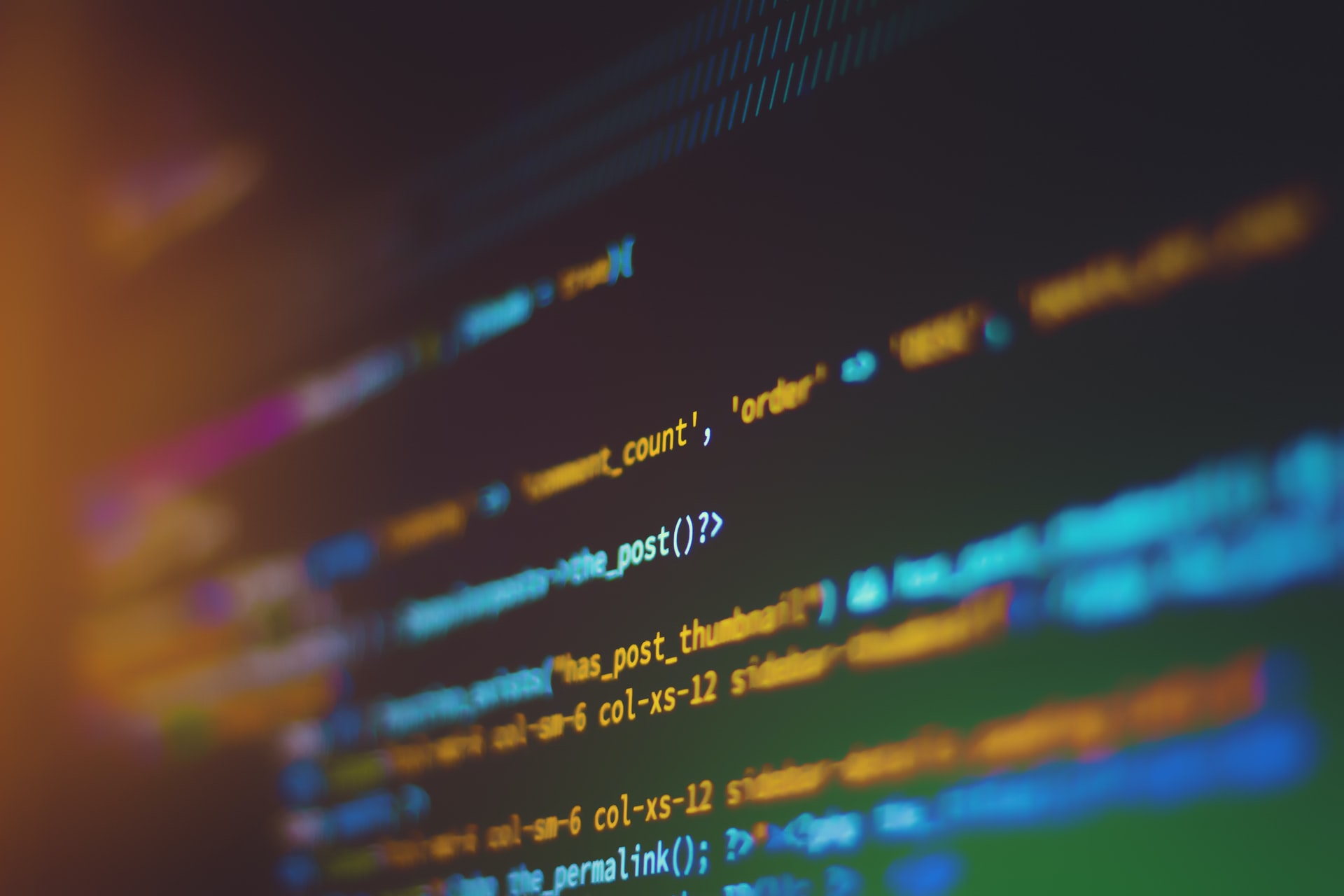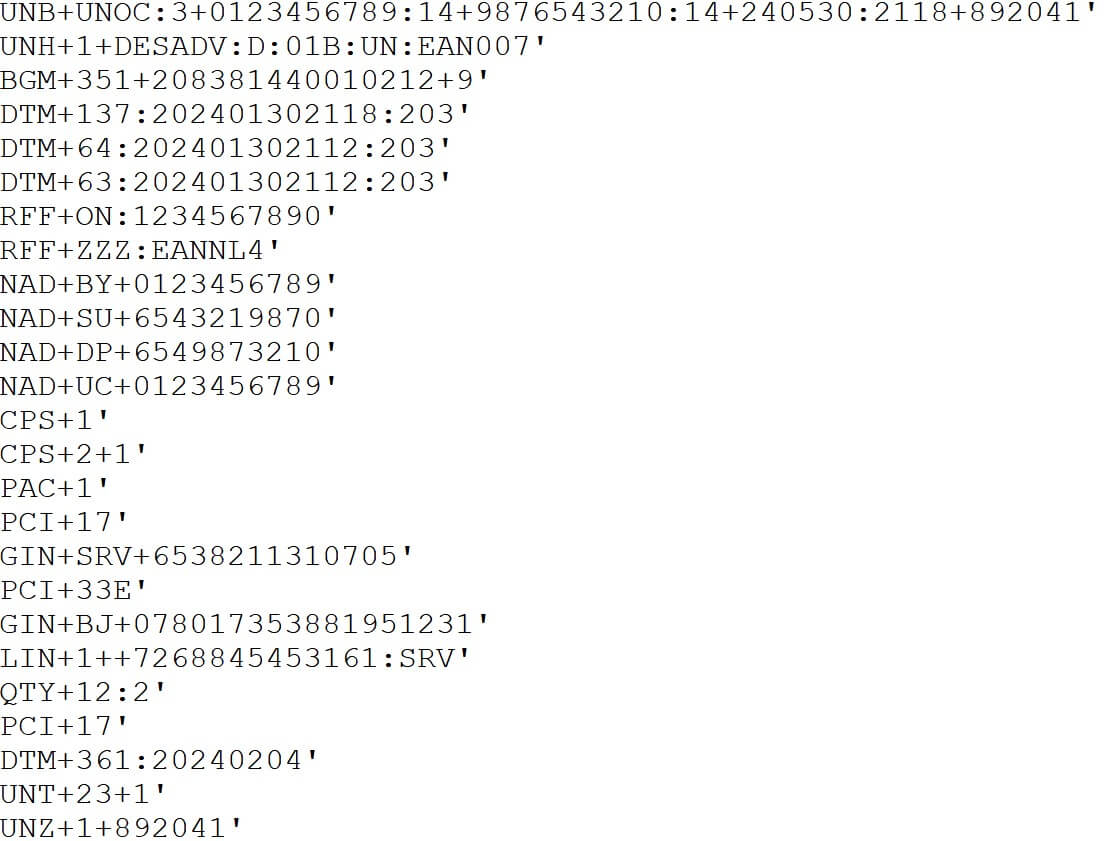EDIFACT stands for Electronic Data Interchange for Administration, Commerce and Transport and is the most well-known EDI format worldwide.
Developed in 1987 by the United Nations, the EDIFACT standard defines the structure and format of EDI messages so that business systems can exchange data with each other in a uniform manner.
EDI standards such as EDIFACT, VDA and ANSI X12 aim to allow different systems to communicate efficiently and effectively with each other using one uniform language. In this way, the systems exchange data with each other error-free and efficiently, even though they each speak their own language.
How does EDIFACT work?
In order for different IT systems to communicate effectively with each other, an EDI mapping is created. An EDI mapping can be seen as a kind of shunting yard where data, which would otherwise never reach the right place, is delivered in the right place and in the right (EDIFACT) format.
At the sending end, the standard from the source system (for example, an ERP system) is converted to EDIFACT. At the receiving end, the EDIFACT message is converted to the language spoken by the receiving system. This is easy to achieve because (thanks to the standard) it is exactly clear what the EDIFACT message contains in terms of content information.
EDIFACT in practice
Although technology does not exactly stand still in the field of EDI, EDIFACT has been a widely used EDI format for over 35 years(!). EDIFACT owes this in part to the ISO which has officially incorporated the standard in ISO 9735-10:2014.
EDIFACT messages are used worldwide in the:
- Industry
- Trade
- Transportation
- Agriculture
EDIFACT standard
The EDIFACT standard consists of:
- The EDI message, also called a transaction
- The syntax, the uniform language of the message
- The protocol, which ensures that messaging is secure and smooth.
EDIFACT messages
Various EDIFACT messages exist for a wide variety of applications. The messages are most commonly used for transactions between trading partners within a chain, for example: orders, order confirmations, packing slips and invoices.
Some examples of EDIFACT message types are:
- ORDERS: purchase order message – a purchase order for goods or services.
- ORDRSP: Purchase order response message – the response to a purchase order.
- DELFOR: Delivery schedule message – exchanging a delivery schedule.
- DELJIT: Delivery just in time message – short-term delivery request.
- DESADV: Despatch advice message – a digital packing slip.
- INVOIC: Invoice message – a digital invoice.
EDIFACT example
An EDI message itself is quite illegible to humans and looks like this:
EDIFACT origin
EDIFACT was developed by the United Nations, with the goal of promoting sustainable global economy. In full, the official name is United Nations/Electronic Data Interchange for Administration, Commerce and Transport. This is abbreviated to UN/EDIFACT.
EDIFACT is part of the United Nations Trade Data Element Directory (UNTDED) that deals with guidelines in the area of interactive messaging.
Implementing EDIFACT in your organization?
Do you want to implement EDIFACT in your organization? If so, it is important to draw a clear plan. EDI affects not only your IT systems, but also your business processes and therefore the people in your organization.
Only when you align systems, processes and people in harmony will you achieve your goals. OMS International has created a step-by-step EDI guide for this. Here you can read how to achieve a successful EDI implementation in 10 effective steps.






